Beginner Strength Training Program

Embarking on a strength training journey as a beginner can be both exciting and overwhelming. Setting realistic and achievable goals is crucial for ensuring steady progress and maintaining motivation. In this blog post, we’ll explore essential strength training goals tailored specifically for beginners. We’ll discuss how focusing on proper form, consistency, and incremental improvements can help you develop a solid foundation for a successful strength training journey. So, let’s dive in and uncover the key goals to help you build strength, confidence, and long-lasting results.
Table of Contents
What is a Strength Training Program
A strength training program is a structured, organized plan designed to help individuals improve their muscular strength, endurance, and overall fitness through a series of carefully planned exercises, sets, repetitions, and resistance levels. The primary goal of a strength training program is to challenge the musculoskeletal system and promote muscle growth, strength, and overall physical performance.
Key components of a strength training program include:
- Warm-up: A series of dynamic stretches and light cardio to increase blood flow and prepare the body for the workout.
- Resistance Exercises: Resistance training uses a combination of exercises targeting major muscle groups, typically involving bodyweight, free weights, resistance bands, or weight machines.
- Sets and Repetitions: A predetermined number of repetitions (reps) and sets for each exercise to ensure an appropriate workload and promote muscle growth and strength.
- Progressive Overload: Gradually increasing the intensity, duration, or frequency of workouts to continually challenge the muscles and stimulate growth.
- Rest and Recovery: Incorporating planned rest days and recovery techniques to allow muscles to repair and grow between workouts.
- Nutrition: Supporting strength training efforts with a well-balanced diet that includes adequate protein for muscle repair and growth.
Strength training programs can be customized to fit individual fitness levels, goals, and preferences, ensuring that each person can optimize their results and enjoy the numerous benefits of consistent strength training.
How to Plan a Strength Training Program
Planning a strength training program requires careful consideration of various factors to ensure that your workouts are effective, safe, and aligned with your goals. Here are some steps to help you plan a successful strength training program:
- Establish Your Goals: Determine what you want to achieve through strength training, whether it’s building muscle, improving overall fitness, or increasing strength for a specific activity.
- Assess Your Current Fitness Level: Evaluate your current strength and fitness level to create a program that’s appropriate for your abilities.
- Choose Appropriate Exercises: Select exercises that target major muscle groups and are suitable for your fitness level. Include compound movements, such as squats and deadlifts, as well as isolation exercises to focus on specific muscles. Remember that strength training does not need expensive equipment. My go-to for strength training are sandbags and I have had quality workouts and improved my overall strength.
- Set a Training Frequency: Decide how many days per week you will dedicate to strength training. For beginners, 2-3 sessions per week is a good starting point.
- Determine Reps, Sets, and Load: Choose an appropriate number of reps and sets for each exercise, along with the appropriate weight or resistance level. Aim for 8-12 reps for muscle growth and 12-20 reps for muscular endurance.
- Incorporate Progressive Overload: Gradually increase the intensity, duration, or frequency of your workouts to challenge your muscles and promote growth.
- Schedule Rest and Recovery: Plan for adequate rest days and recovery techniques, such as stretching and foam rolling, to allow your muscles to recover and grow between workouts.
- Track Your Progress: Regularly record your workouts and track your progress to monitor improvements and adjust your program as needed.
By following these steps, you can create a well-rounded strength training program that supports your fitness goals and sets you on the path to success.
What are the Most Common Issues When Starting Strength Training?
Beginning a strength training journey can be both exciting and challenging. It’s essential to be aware of common issues that beginners may face to help prevent potential setbacks. Here are some common issues people encounter when starting strength training:
- Improper Form and Technique: Incorrect form can lead to injuries and hinder progress. Take the time to learn proper form and technique for each exercise, and don’t hesitate to seek guidance from a professional trainer or experienced lifter.
- Overtraining: Beginners may be tempted to do too much too soon, leading to burnout, injuries, or lack of progress. Start with a manageable training frequency and intensity, allowing your body time to adapt and recover.
- Neglecting Recovery and Rest: Recovery is just as important as the workouts themselves. Make sure to incorporate rest days and practice good sleep hygiene to allow your muscles to recover and grow.
- Not Fueling Properly: A balanced diet that includes adequate protein and calories is essential for muscle growth and recovery. Be mindful of your nutritional needs as you begin strength training.
- Focusing on Vanity Metrics: Obsessing over the scale or your appearance can be demotivating and detract from the overall goal of building strength and fitness. Focus on performance improvements and how you feel, rather than fixating on vanity metrics.
- Not Tracking Progress: Keeping track of your workouts, weights, and repetitions can help you monitor progress and make adjustments as needed. Neglecting to track your progress can make it difficult to gauge improvements or identify areas for improvement.
- Comparing Yourself to Others: Everyone progresses at their own pace, and comparing your journey to others can be discouraging. Concentrate on your personal growth and celebrate your accomplishments as you work towards your goals.
On Your Path to a Stronger You!
Planning a beginner strength training program is an essential first step in your fitness journey. By focusing on proper form, consistency, gradual progression, and prioritizing recovery, you’ll create a solid foundation for long-term success. Remember that everyone’s journey is unique, so be patient with yourself and celebrate your achievements along the way. As you continue to build strength and confidence, you’ll not only transform your physique but also enhance your overall health, well-being, and quality of life. So, embrace the process, stay committed, and watch as your hard work pays off in the form of a stronger, more capable you.
Happy Lifting!
I hope you found this useful and informative. Please check out my other workout posts on the importance of goal setting, or the difference between strength training and functional strength training. And a related podcast on injuries and prevention.




